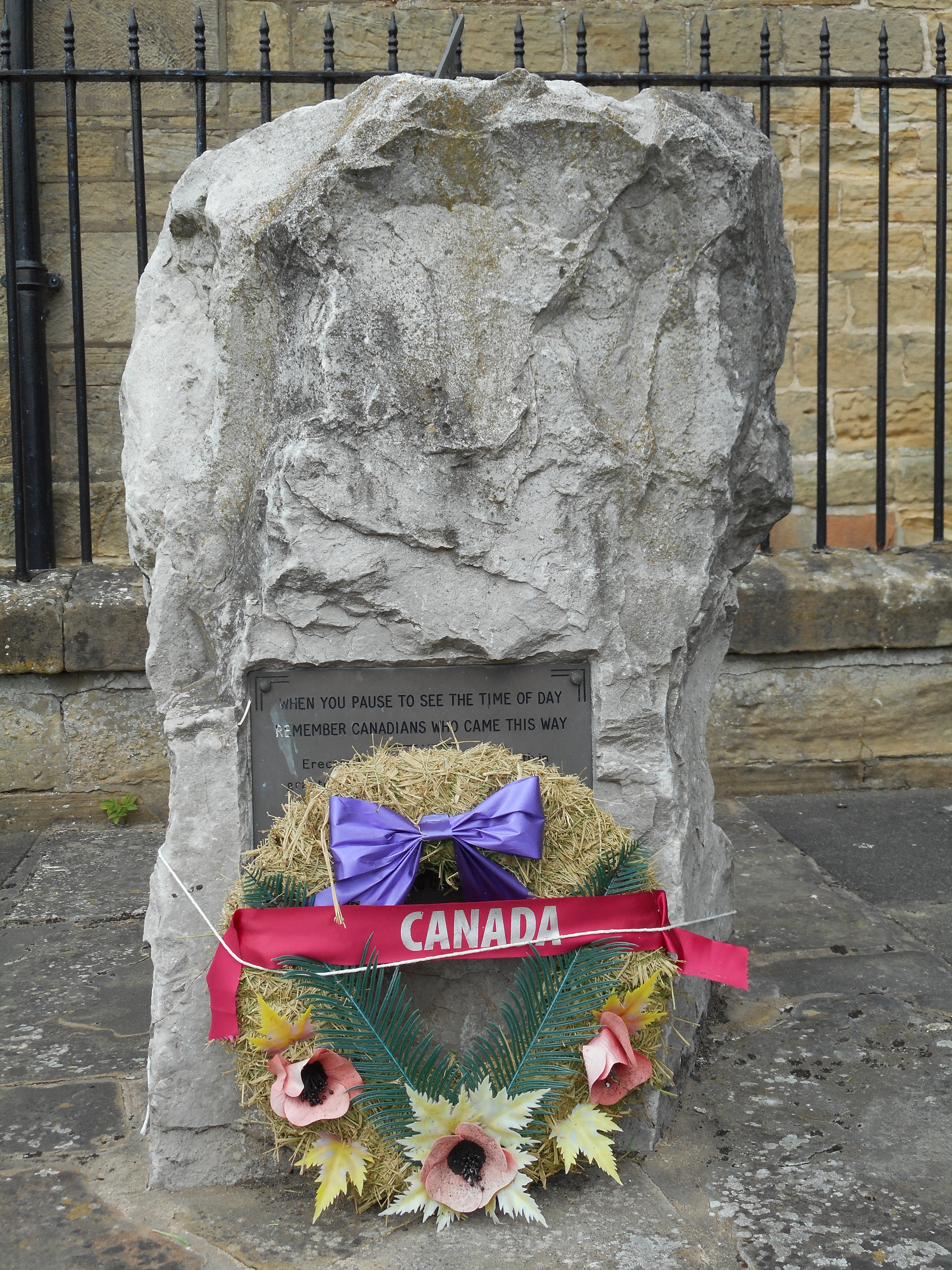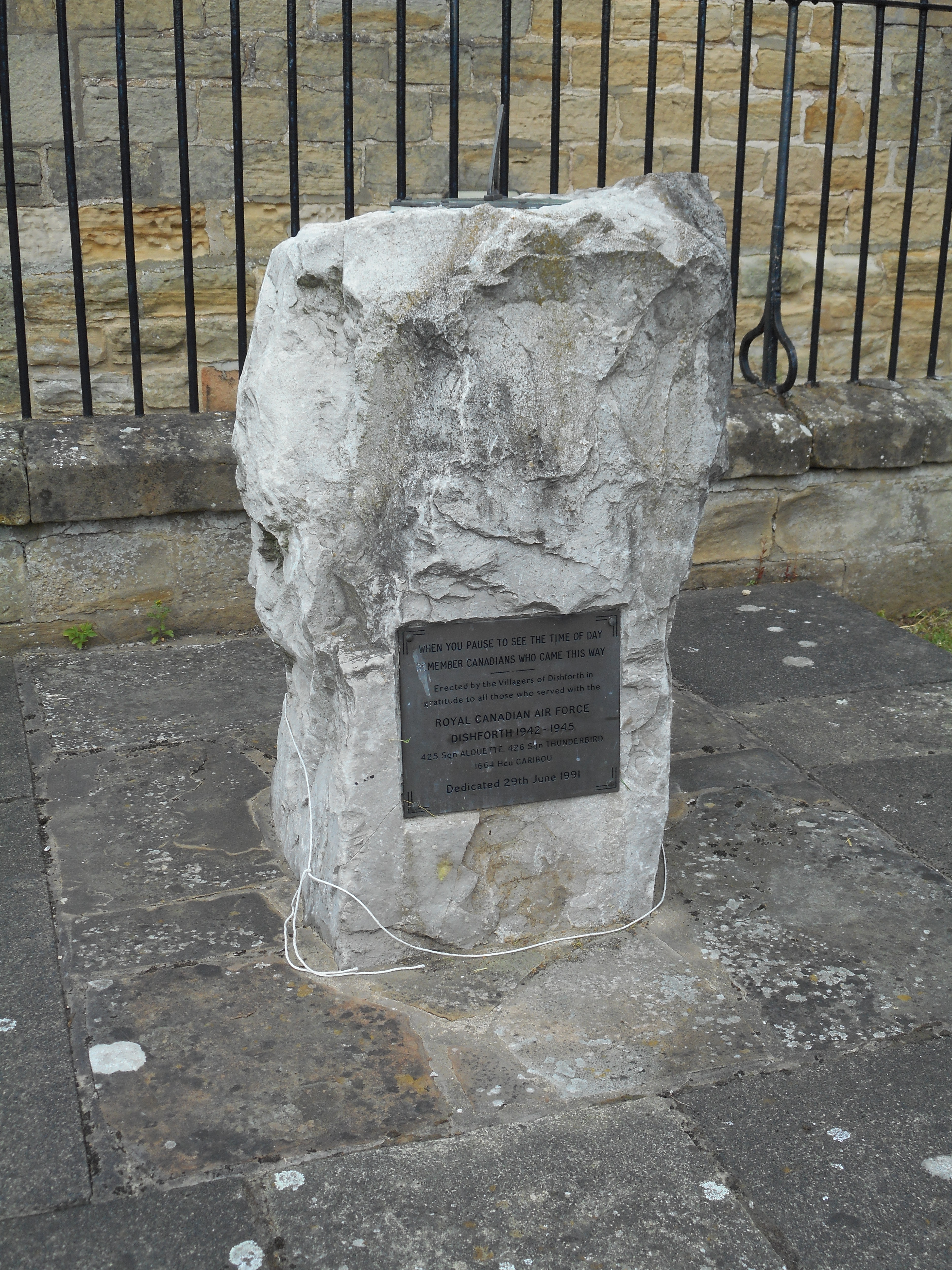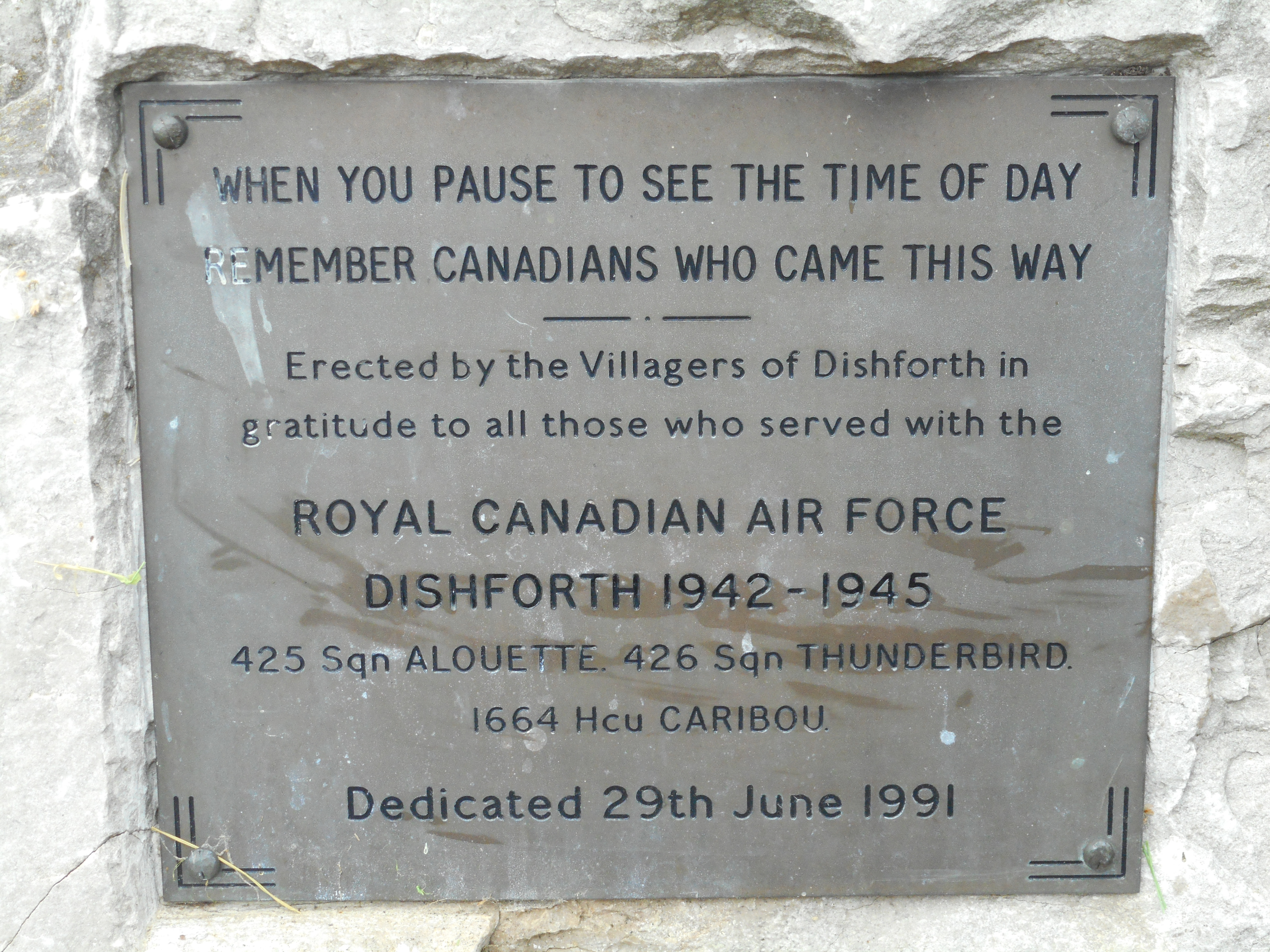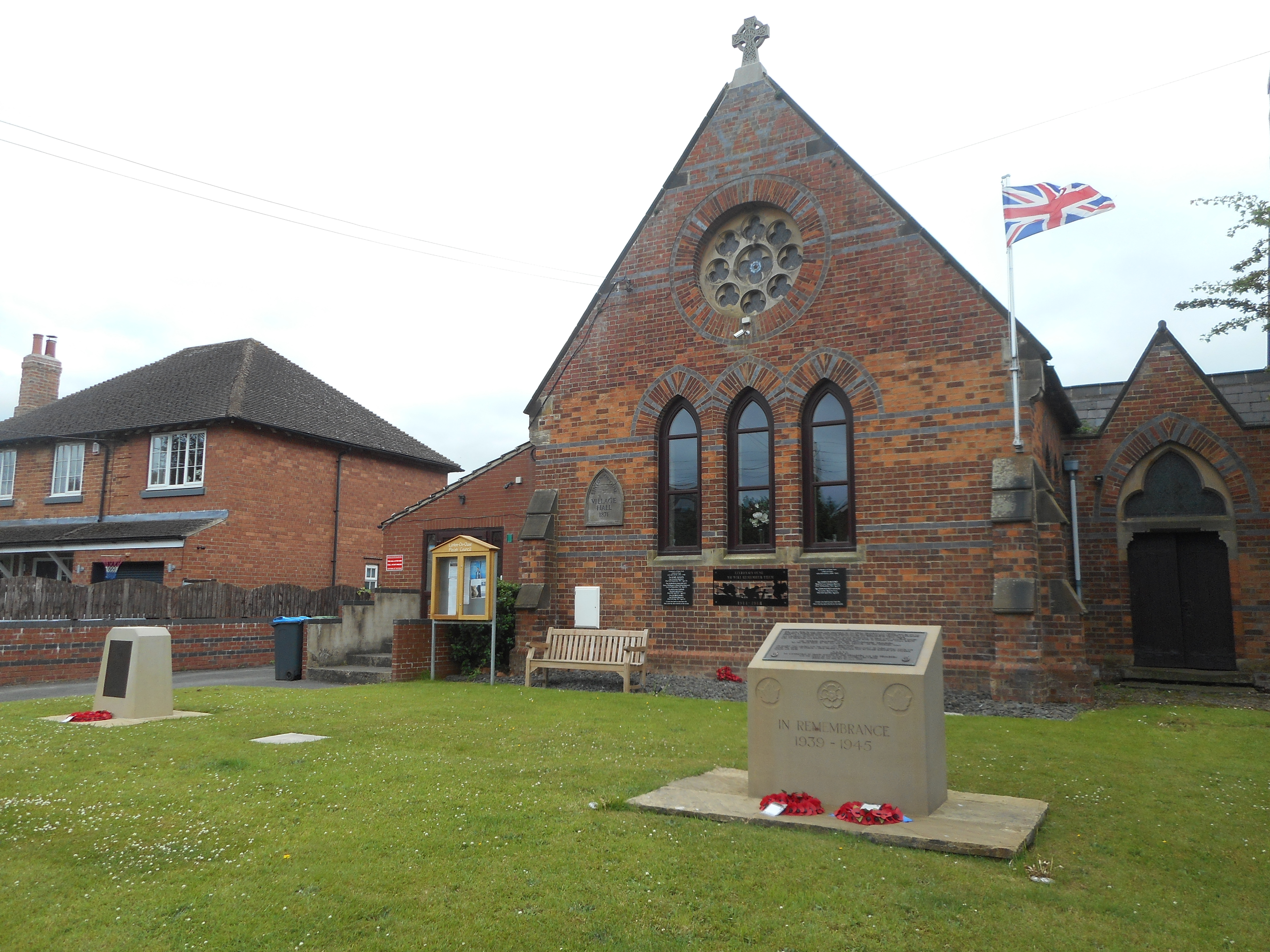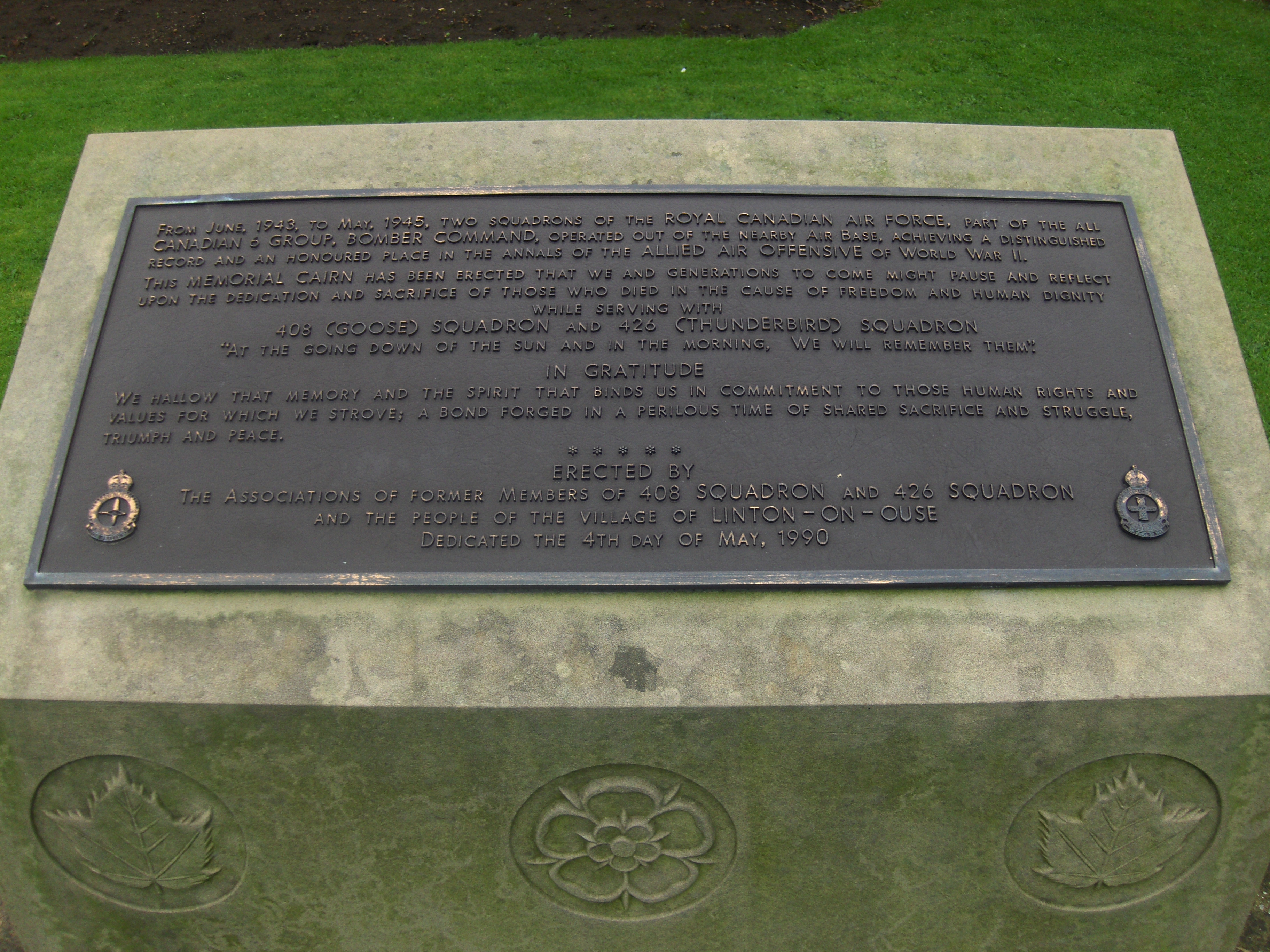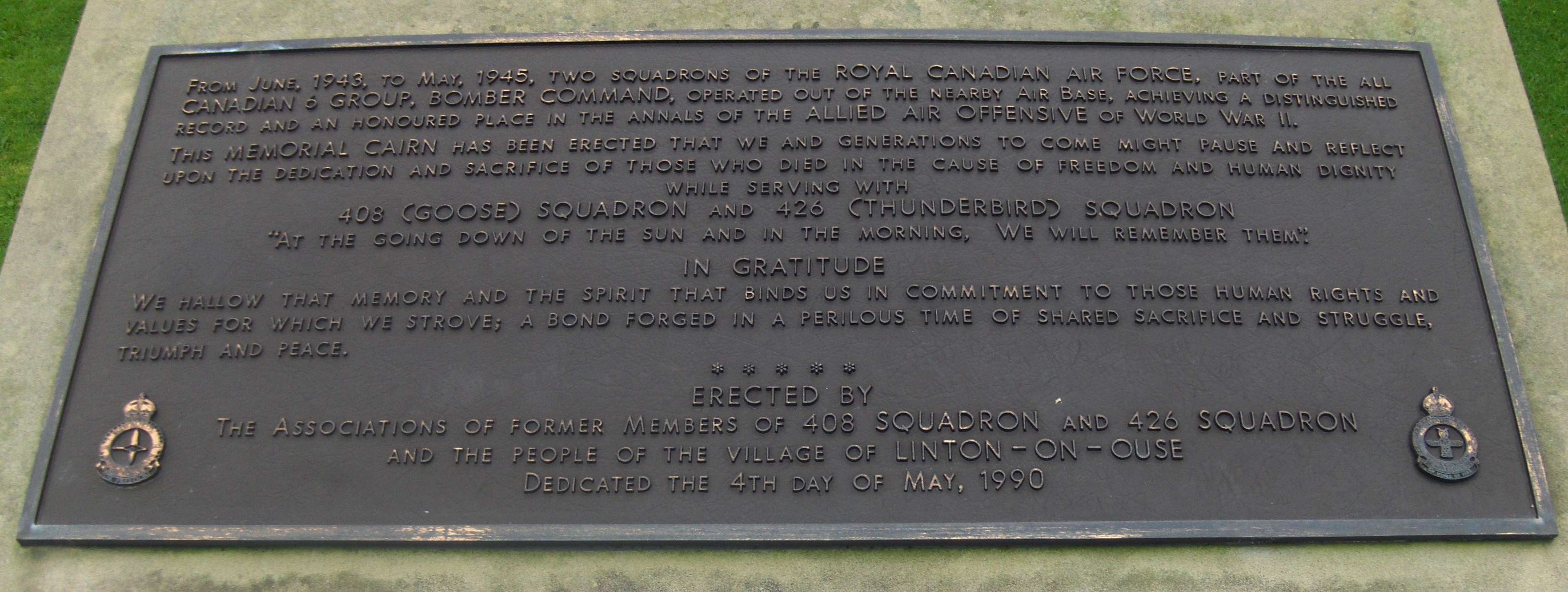Devoy, Alexander Gordon
Personal Information
| Rank | P/O |
| Forename(s) | Alexander Gordon |
| Surname | Devoy |
| Gender | M |
| Age | 23 |
| Date of Death | 31-03-1944 |
| Next of Kin | Son of William Devoy and Mary Jane Devoy (née Kennedy), of Cumberland, British Columbia, Canada. |
Aircraft Information
| Aircraft | Avro Lancaster II |
| Serial Number | DS840 |
| Markings | OW-C |
Memorial Information
| Burial/Memorial Country | Germany |
| Burial/Memorial Place | Durnbach War Cemetery |
| Grave Reference | 11. A. 9. |
| Epitaph |
IBCC Memorial Information
| Phase | 2 |
| Panel Number | 155 |
Enlistment Information
| Service Number | J/85650 |
| Service | Royal Canadian Air Force |
| Group | 6 |
| Squadron | 426 (Thunderbird) |
| Squadron Motto | On wings of fire |
| Trade | Navigator |
| Country of Origin | Canada |
Other Memorials
| Location | Adjacent to Village Hall, Dishforth, North Yorkshire |
| Country | United Kingdom |
| Memorial Type | Memorial Stone with Inscribed Metal Plaque & Maple Tree |
| Memorial Text | In memory of the Canadian aircrew of 425 and 426 Sqns RCAF who served at RAF Dishforth, 1942-1945 |
| Location | Outside Village Hall, Linton on Ouse, North Yorkshire |
| Country | United Kingdom |
| Memorial Type | Memorial Stone with inscribed Slate Tablet |
| Memorial Text | In memory of Canadian personnel who served at RAF Linton on Ouse during WW2, including 408 and 426 Sqns RCAF |
Miscellaneous Information
| Alexander was born on 12 April 1920 at Cumberland, British Columbia. His father was born in Donegal, Ireland and was a Fireboss and coal miner. His mother, now deceased was born in Saltcoats, Scotland. He had a brother Alexander and sisters Betty, Rita, Elizabeth and Agnes. He went to Cumberland Public School 1926-1934 followed by the High School 1934-1937. His hobby was photography and for sport he enjoyed swimming, skating and softball. He worked as a printing apprentice engaged in compositing and press work for E.W. Bickle between 1937-1940, and as a First Aid attendant 1940-1941 at Franklin River. |
| Alexander enlisted on 8 May 1941 and after training was sent to the U.K. where he arrived at 3 PRC on 24 May 1943. He went on to 6 (0) AFU on 3 August 1943, 23 OTU 31 August 1943 and 426 Squadron 14 February 1944. Sadly Alexander was to lose his life a few weeks later on 31 March 1944. |
| Mount Devoy, east of Laidlaw, British Columbia, is named in honour of Alexander. |
Commonwealth War Graves Commission
The National Archives
| Record of Events (Operational Record Book) AIR 27/1842/6 |
| Summary of Events (Operational Record Book) AIR 27/1842/5 |
Fellow Servicemen
Please note that this list gives all the losses aboard the quoted aircraft and occasionally these may have occurred on an earlier date when the aircraft was not itself lost. Please check the dates of death carefully.
Last Operation Information
| Start Date | 30-03-1944 |
| End Date | 31-03-1944 |
| Takeoff Station | Linton-on-Ouse |
| Day/Night Raid | Night (45% moon) |
| Operation | Nuremberg. 795 aircraft, 95 losses (11.9%)- the highest of any raid. High-cloud was expected to offer protection to the bomber stream but the target would be clear for the bombing run. A Mosquito meteorological flight had predicted that in fact that would not be the case, but the raid went ahead anyway. The German controller ignored the diversionary raids and had his fighters circling close to the route of the main force, using Tame Boar tactics. Consequently, the fighters engaged the bombers before they reached the Belgian border. The clear conditions allowed the fighters to pick off bombers at will with 82 of the 95 bombers being Lost on the outbound leg. Strong winds meant that some of the bombers went off the intended route and as a consequence many bombed Schweinfurt in error, some 50 miles from Nuremberg. The problem as exacerbated by two PFF aircraft dropping markers in Schweinfurt. Overall, the raid was a failure and little damage was caused. |
| Reason for Loss | Shot down by a night-fighter on approach to the target area. Crashed at Ermreuth, Germany |

